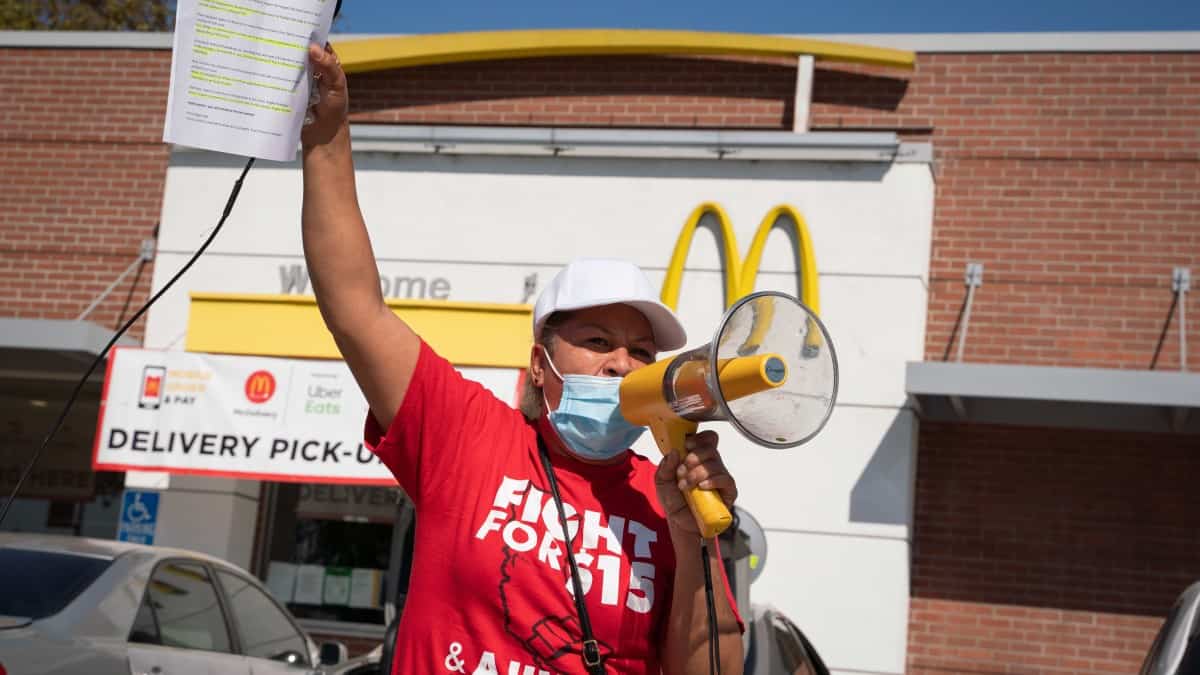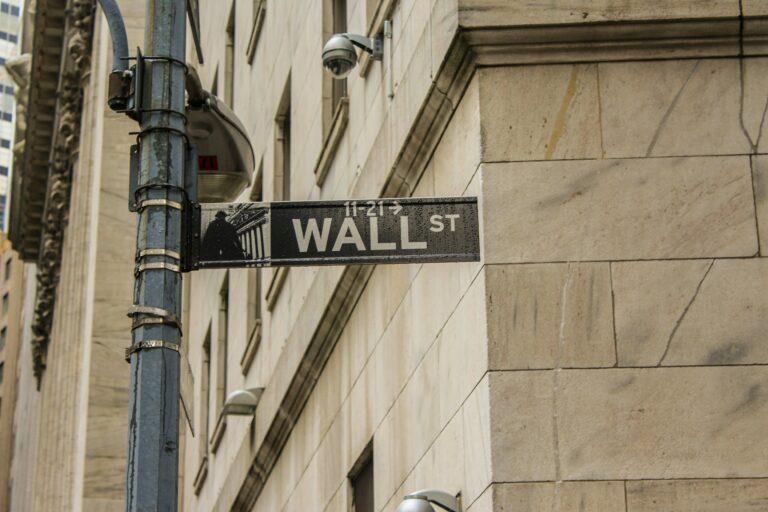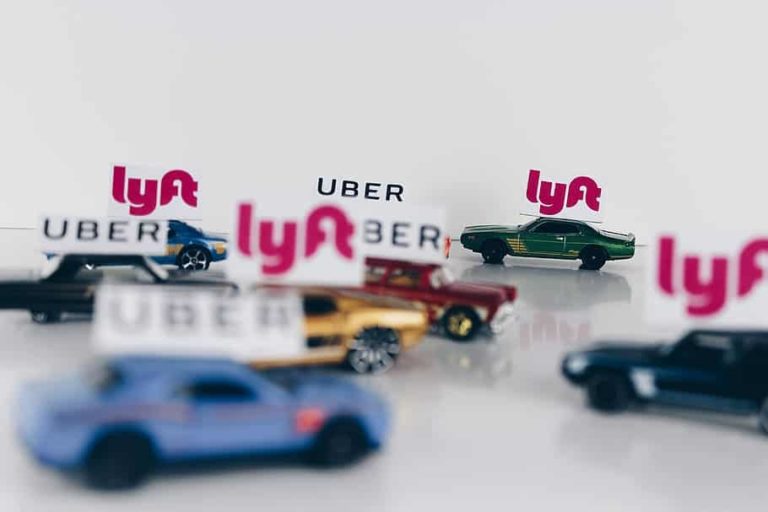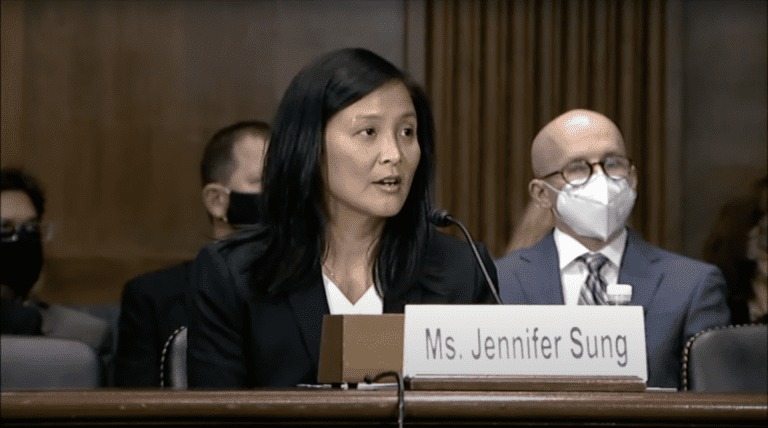Maxwell Ulin is a student at Harvard Law School.
Today, businesses and workers alike await the Occupational Safety & Health Administration’s (OSHA) decision on whether to issue an emergency temporary standard for workplace safety during the pandemic. The decision, courtesy of a Biden executive order, comes nearly a year after the Trump administration refused to promulgate binding standards of its own, allowing employers to flout public health guidelines in ways that likely led to increased infections and thousands of worker deaths. As some commentators have noted, OSHA’s failure has underscored the profound inadequacy of the nation’s federal workplace safety system, which relies entirely on federalized public enforcement.
To fill this vacuum, worker advocates have employed a creative solution from an unusual source of law. Public nuisance, a centuries-old common law tort, has produced some novel legal victories for to enforce COVID safety at work. As a comprehensive alternative to federal enforcement, public nuisance has significant limitations that constrain its viability. Yet the doctrine holds promise as an imperfect fallback to ensure workplace safety from communicable diseases when federal action falls short, both now and going forward.
Courts define public nuisance as when a defendant’s conduct creates “an unreasonable interference with a right common to the general public.” Traditionally, the doctrine was invoked by public entities to enjoin property owners who used their land in ways harmful to others’ interests, like maintaining a smelly feedlot in a suburban neighborhood. Over time, however, nuisance law evolved to combat a host of private activities that threaten public wellbeing, from tobacco and firearms production to greenhouse gas pollution and opioid sales. In addition to public actors, the doctrine has also come to allow private individuals to sue if they can allege an injury distinct from the general public.
As case counts skyrocketed last summer, workers’ attorneys sought to fill the legal void by invoking public nuisance doctrine in a string of workplace safety lawsuits. By failing to follow public health protocols, they argued, companies created a transmission hazard that not only threatened workers but also unreasonably interfered with the public’s right to health and safety. Nuisance actions also came with a number of practical advantages; as a common law tort, workers could sue under a private right of action and avoid federal preemption concerns thanks to an express common-law exemption under the OSH Act.
Early outcomes from some cases have been promising. In Massey v. McDonald’s Corp., Case No. 2020CH04247 (Cir. Ct. Cook Cty. Ill. May 19, 2020), an Illinois state court partially granted McDonald’s employees’ preliminary injunction request against their employer, requiring that multiple McDonald’s locations enforce mask-wearing and train their employees in social distancing. Citing the company’s failure to abide by state health guidelines, the court concluded that restaurant practices constituted “a substantial interference with the public health in a pandemic,” and that plaintiffs were likely to succeed on the merits of their public nuisance claim. Later that summer, workers at yet another McDonald’s restaurant in Oakland won an even broader preliminary injunction after a California state court saw merit in their own public nuisance claim. There, work conditions had become so unsafe as to prompt a strike, and the court injunction served to secure several employee demands. Meanwhile, in Texas, at least one restaurant employee won the right to return to work with a face mask on the basis of public nuisance doctrine after her employer threatened to punish her for doing so.
Other cases, however, have run into judicial roadblocks. In Rural Cmty. Workers Alliance v. Smithfield Foods, Inc., 459 F.Supp.3d 1228 (W.D. Mo. 2020), a federal court threw out public nuisance claims brought by meatpacking workers against their employer by citing primary jurisdiction doctrine. Under that principle, courts are obligated to defer deciding private claims in order to allow a relevant administrative agency to act first. Since health and safety at meatpacking plants fall within the special competence of OSHA and the USDA, the court reasoned, plaintiffs would have to rely on pending claims before those agencies for relief. Another federal judge reached a similar conclusion in Palmer v. Amazon.com, Inc., No. 20-CV-2468 (E.D.N.Y. Nov. 2, 2020), dismissing plaintiff workers’ nuisance claim against Amazon for failing to enforce COVID protocols at a Staten Island fulfillment center. In addition to deferring to OSHA, the court argued that since workers’ risk of infection differed only “in degree” and not “in kind” from that of general public, plaintiffs lacked the type of “special injury” needed for standing under public nuisance law.
How much of an impediment primary jurisdiction doctrine poses to workplace-related public nuisance claims remains uncertain. As federal common law, primary jurisdiction adheres to “no fixed formula” and is applied “sparingly.” Judges’ willingness to apply the doctrine thus remains unpredictable; in St. Louis Cnty. v. House of Pain Gym Servs., No. 4:20CV655 RLW (E.D. Mo. May 22, 2020), for instance, the U.S. district court expressly rejected the primary-jurisdiction argument advanced in Smithfield Foods, asserting that, as a tort claim, public nuisance fell squarely within the interpretive expertise of judges and did not require agency deference. Legal observers have also noted generally that state courts have been more reluctant to invoke primary jurisdiction doctrine than their federal counterparts. Since public nuisance is a state-law cause of action, it’s possible that savvy workers’ attorneys might avoid the issue entirely by keeping claims in state court.
Still, public nuisance doctrine is constrained in other ways. As the Amazon case shows, standing requirements can pose a challenge to private plaintiffs, whose risk of injury may not differ “in kind” from society generally. Moreover, under the “American Rule”, tort claims like nuisance generally do not allow recovery of attorney’s fees. This presents a serious barrier for low-income workers who cannot afford counsel, particularly since nuisance claims typically lack any monetary award. Perhaps most debilitatingly, public nuisance normally cannot serve as a prophylactic remedy; only once transmission hotspots form will courts generally acknowledge a nuisance’s existence. As a strictly preventive measure, therefore, public nuisance has clear limitations.
As the COVID cases continue to decline, public nuisance law may seem like increasingly irrelevant, one-off solution to OSHA’s inaction. Indeed, the likelihood that OSHA will soon issue an emergency temporary standard lends to this conclusion. Yet the fact remains that OSHA’s system of discretionary rulemaking and enforcement leaves workers equally at risk of abandonment in the next public health crisis, for which we have no guarantee of improved leadership. So long as legislators decline to pass broader reforms, worker advocates may have to depend on public nuisance as an imperfect alternative to agency action.
Despite its limitations, public nuisance law has clear potential to ensure worker safety. As progressive prosecutors and other local officials seek to fill gaps in federal labor enforcement, public nuisance may provide an especially handy legal tool to protect workers against infectious diseases—particularly since government entities do not face the same issues with standing and legal costs as private plaintiffs. Unions, as well, could employ public nuisance law as leverage to win improved working conditions, just as Nevada’s Culinary Union successfully did through a nuisance complaint last year. How and whether courts choose to extend public nuisance doctrine to the workplace now, therefore, could have profound consequences for workers in years to come.










Daily News & Commentary
Start your day with our roundup of the latest labor developments. See all
June 30
Antidiscrimination scholars question McDonnell Douglas, George Washington University Hospital bargained in bad faith, and NY regulators defend LPA dispensary law.
June 29
In today’s news and commentary, Trump v. CASA restricts nationwide injunctions, a preliminary injunction continues to stop DOL from shutting down Job Corps, and the minimum wage is set to rise in multiple cities and states. On Friday, the Supreme Court held in Trump v. CASA that universal injunctions “likely exceed the equitable authority that […]
June 27
Labor's role in Zohran Mamdani's victory; DHS funding amendment aims to expand guest worker programs; COSELL submission deadline rapidly approaching
June 26
A district judge issues a preliminary injunction blocking agencies from implementing Trump’s executive order eliminating collective bargaining for federal workers; workers organize for the reinstatement of two doctors who were put on administrative leave after union activity; and Lamont vetoes unemployment benefits for striking workers.
June 25
Some circuits show less deference to NLRB; 3d Cir. affirms return to broader concerted activity definition; changes to federal workforce excluded from One Big Beautiful Bill.
June 24
In today’s news and commentary, the DOL proposes new wage and hour rules, Ford warns of EV battery manufacturing trouble, and California reaches an agreement to delay an in-person work mandate for state employees. The Trump Administration’s Department of Labor has advanced a series of proposals to update federal wage and hour rules. First, the […]